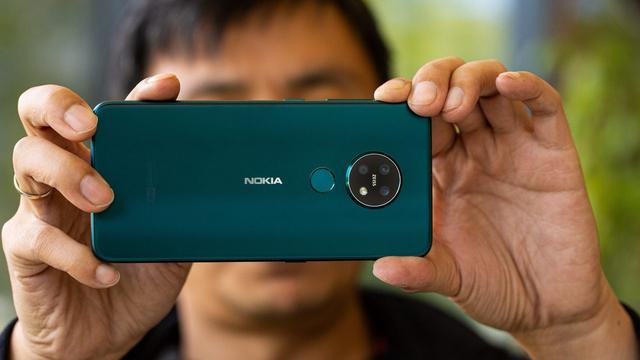If you are listening to Nokia Chronicles podcast, you know that most of this season’s guests are disappointed with where HMD Global is heading as for its Nokia offerings. This is a testament that we Nokia fans share. And while the current strategy seems to have been bringing some cash to HMD Global, it is almost a crime to see an influx of budget Nokia which brings nothing flagship like to the table.
Don’t get me wrong. When Nokia Corporation was taking a stand on its Asha lineup, literally flooding the market with candy-colored polycarbonate slabs, it didn’t receive the same criticisms from the media and the fans respectively. The reason is the same reason why we still remember the Asha lineup. The Asha slabs were unique from every other offering. So much that when you take the Nokia brand and put it side by side to what Samsung, HTC, or Motorola is offering, it is instantly recognizable. So whilst Nokia Asha failed to dominate the market, it left its mark.
In a recent article by Rita El Khoury of Android Authority, Head of Product Marketing for HMD Global, Adam Ferguson, admits that “making an $800 phone doesn’t make sense” for the company at the moment. This confirms our long-time suspicion albeit it became rather obvious as years go by. Nokia Mobile isn’t competing for the higher-end market, but instead, shifting its attention to the affordable market.

There is nothing wrong with this strategy, really. Especially that we are seeing healthy growth from the brand recently — about 3.2 million smartphone shipments for Q4 2021. Of course, brand loyalty and familiarity still play a big role in this data. But for how long? The data is based on the last two quarters where the Nokia XR20 or the Nokia X20 were the dominant top of the line models. We are yet to see the market performance of the new set of budget Nokia slabs. Data for the upcoming quarters would determine if the company is able to sustain a healthy flow of cash, or if their strategy is really paying forward.
Perhaps the real issue we have here isn’t about not having a flagship at all. But the concerns of them not giving the best they have for its remaining fans. In one of the press releases of its current lineup, Florian Seiche, Chief Executive Officer for HMD Global, mentioned that they will be targeting a newer generation of consumers. This is an odd statement considering their offerings isn’t really what the newer more demanding generation of market-goers want. Of course, the phones were all decent by any means. But do we really need an influx of the same things? Again, it is still too early to determine if the strategy sustains their profit pretty well.
If HMD Global can pay money to get ODM devices to mass production, I think they also have enough cash to develop better Nokia devices. Flooding the market of all of the same things may work for some consumers, but there is another uncharted corner that HMD Global may want to try to explore.
How about instead of paying ODM for more generic devices per quarter, the company started to shift those funds to create a less but well-crafted budget and midrange phones that can compete with the current market demands? Now, that’s more interesting.
In a pre-briefing event organized a week before the MWC2022 announcements, Florian Seiche confirmed their focus on the affordable smartphone range, but he did confirm that the Nokia X lineup will be further developed with new devices coming at the end of 2022. A nice X series phone with carefully balanced high-end components can’t beat Nokia 8, Nokia 8 Sirocco, Nokia 9 PureView, but it can be a new Nokia 7 Plus or Nokia 8.2 5G.
Nokia smartphone brand is now financially stable which is important to see the brand alive. although the brief halt of shipments to the Russian market might affect that a bit. However, fighting with Apple and Samsung doesn’t make sense now, but creating a solid midrange smartphone with decent specs deserves a chance.
